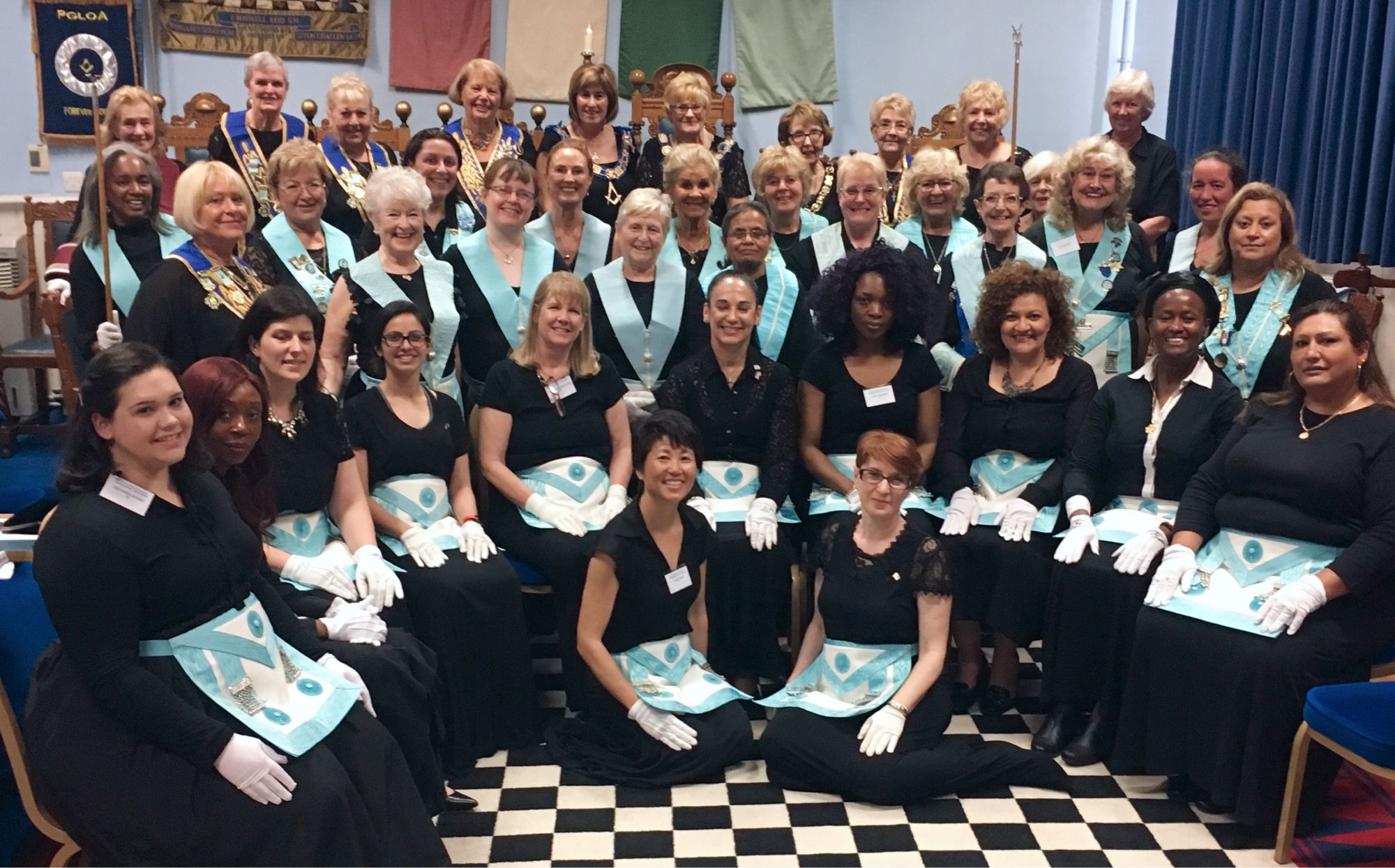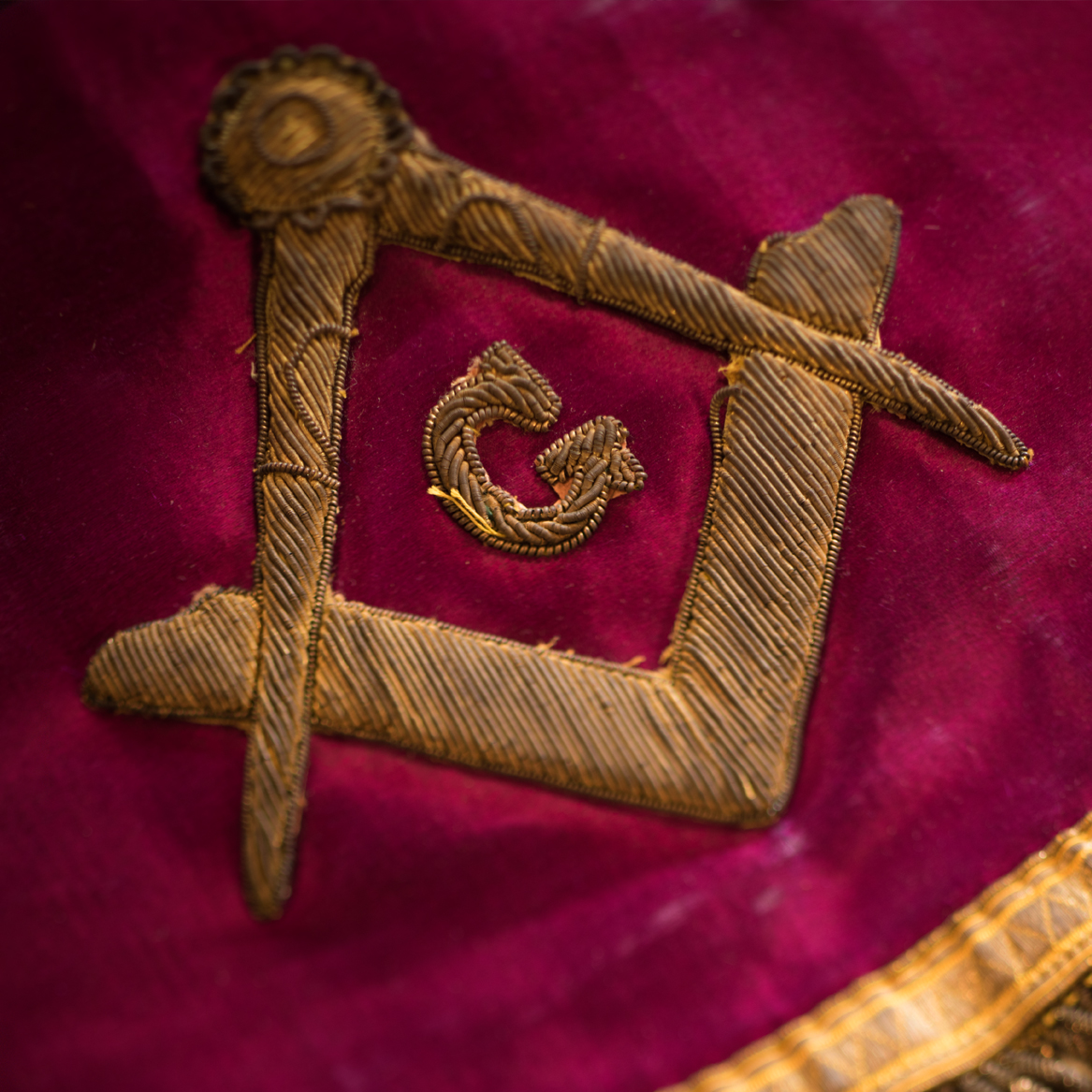Why More People Are Exploring to Join Freemasonfor Success
Why More People Are Exploring to Join Freemasonfor Success
Blog Article
Discovering the Mysteries of the copyright: What You Required to Know
The copyright, a term usually shrouded in intrigue and dispute, represents a complicated tapestry of historical fact and modern misconception. Developed in the late 18th century, this secret society was initially rooted in the Enlightenment's perfects yet has since become synonymous with conspiracy concepts regarding elite control. As we browse the origins, vital figures, and the plain comparison between myth and fact, one should take into consideration how these narratives affect modern perceptions of power and privacy. What may be revealed with a more detailed examination of these aspects might test long-held assumptions about the shadows that stick around in our culture.
Beginnings of the copyright
The beginnings of the copyright are soaked in a mix of historic intrigue and ideological eagerness. Developed in 1776 in Ingolstadt, Bavaria, by Adam Weishaupt, the team was originally created as a secret culture intended at advertising Knowledge perfects such as factor, secularism, and the splitting up of church and state. join freemason. Weishaupt, a teacher of canon regulation, looked for to test the dominating authority of the church and state, which he checked out as overbearing establishments suppressing intellectual and individual flexibility
The copyright sought to recruit influential members from various social fields, consisting of national politics, academic community, and the arts, to promote a network devoted to these Knowledge concepts. The culture operated under a veil of secrecy, using coded language and routines to secure its members from oppression, especially given the repressive environment of the moment. The copyright dealt with considerable opposition from both governmental authorities and spiritual organizations, which saw the team as a danger to their power.
Secret Figures and Participants
Who were the pivotal numbers that shaped the copyright's early impact and direction? The Bavarian copyright, established in 1776 by Adam Weishaupt, became a reaction to the overbearing social structures of the moment. Weishaupt, a law teacher, imagined the organization as a method to promote Knowledge suitables such as factor, secularism, and equality. His initial employment initiatives included influential intellectuals, such as Baron von Knigge, who played a crucial duty in expanding the team's membership and business framework.
An additional considerable number was Johann Gottlieb Fichte, a popular thinker whose ideas on nationalism and education reverberated with the copyright's goals. Although Fichte was not a formal participant, his philosophical bases affected the group's belief. In addition, figures like the writer and thinker Johann Wolfgang von Goethe were associated with the broader intellectual motions of the moment, although their straight involvement with the copyright stays disputed.
These vital figures added to the copyright's early instructions, pressing the borders of political and social thought, while their collective efforts aimed to test well established standards and cultivate a climate of dynamic modification in Europe. (join freemason)
Misconceptions vs. Reality
Lots of false impressions border the copyright, usually mixing truth with fiction in a method that obscures its true nature. The idea that the copyright proceeds to put in considerable influence over world occasions is a misconception.
One more common myth is that the copyright comprises a network of elite individuals adjusting international events. Actually, numerous conspiracy concepts overemphasize the group's significance, connecting misguided intentions to societal fads and occasions. This has led to an oversimplified sight of complicated problems.
Additionally, the representation of the copyright in pop culture frequently further misshapes its tradition. Films and literary works have a tendency to sensationalize the organization's duty, producing a narrative that deviates from historic facts. Recognizing the difference in between the myths and the fact of the copyright is vital for discerning the real effect of this historic group and recognizing the wider implications of conspiracy theory theories in modern society.

Modern Analyses
Contemporary analyses of the copyright commonly reflect broader societal anxieties and a fascination with privacy and power. This modern lens often links the copyright with conspiracy concepts that recommend a concealed elite coordinates world occasions, manipulating federal governments and economic situations for their own gain. Such stories use an ingrained distrust of authority, especially in times of crisis or social upheaval.
In preferred culture, the copyright is usually portrayed as linked here a divine web organization shrouded in secret, bring about a huge selection of imaginary portrayals in literature, movie, and music. This portrayal offers not just to entertain however additionally to provoke thought of the nature of power and control in contemporary culture. Social media site has even more intensified these interpretations, enabling for fast circulation of conspiracy theories and producing neighborhoods that share and increase upon these concepts.
Moreover, some contemporary interpretations mount the copyright as an allegory for the intricacies of globalization and the interconnectedness of influential individuals and organizations. This point of view motivates an essential examination of how power dynamics operate in today's world, highlighting the balance between transparency and secrecy in governance and business methods.
Social Effect and Tradition
Influenced by centuries of intrigue, the cultural impact and heritage of the copyright expand far beyond its historical beginnings. This secret culture, established in the late 18th century, has penetrated different aspects of pop culture, from literary works and film to music and art. join freemason. The principle of the copyright has actually progressed into an icon of conspiracy theory theories, frequently representing a regarded concealed power manipulating international occasions
In literature, writers like Dan Brown have woven the copyright into detailed stories, captivating viewers with styles of secrecy and power. Movies such as "National Treasure" and "The Da Vinci Code" better perpetuate the attraction of the society, mixing truth with fiction to create interesting narratives.

Eventually, the copyright's legacy is an intricate tapestry of myth and fact, shaping assumptions of secrecy and control in modern discourse. Its long-lasting existence in society highlights mankind's perennial pursuit for comprehending surprise realities.

Final Thought
The exploration of the copyright exposes a complex interaction between historic facts and modern-day myth-making. Established in the Knowledge age, this culture aimed to test oppressive frameworks, yet its legacy has actually been overshadowed by conspiracy concepts that suggest elite adjustment. Understanding the differences between the original perfects and contemporary analyses is important for understanding the enduring attraction with the copyright and its substantial influence on social stories surrounding power and privacy in culture.
Report this page